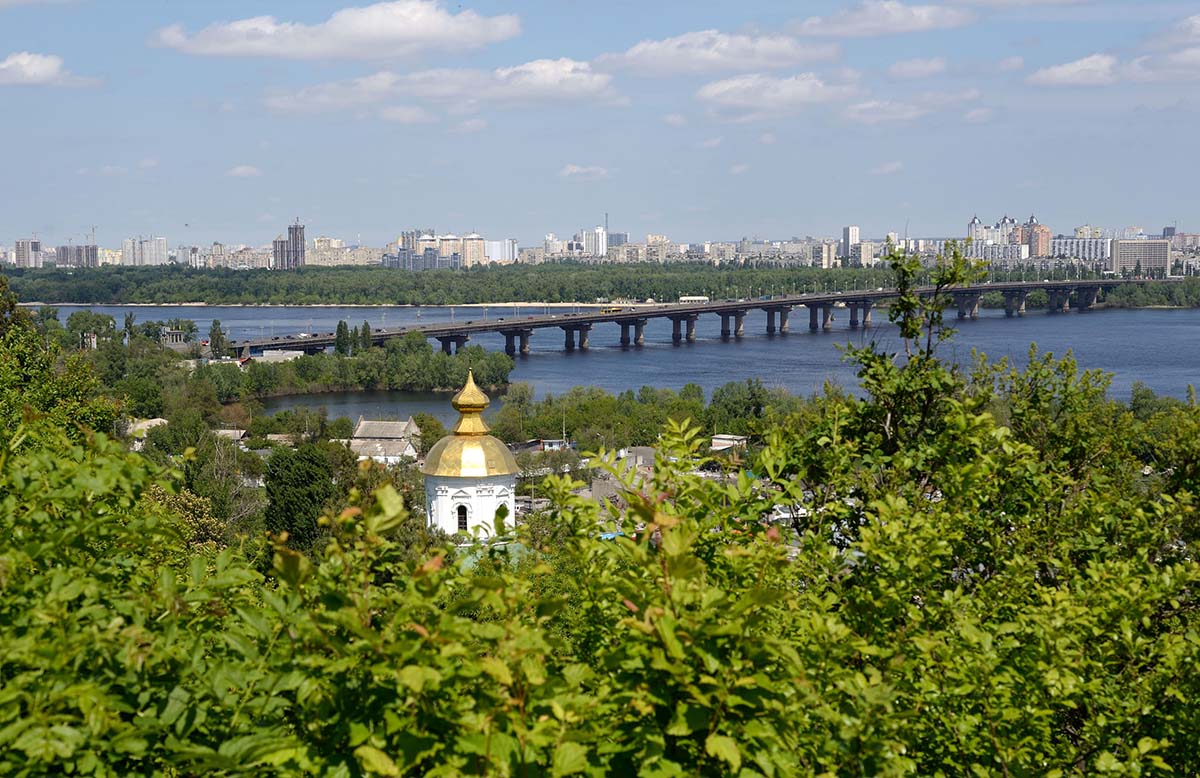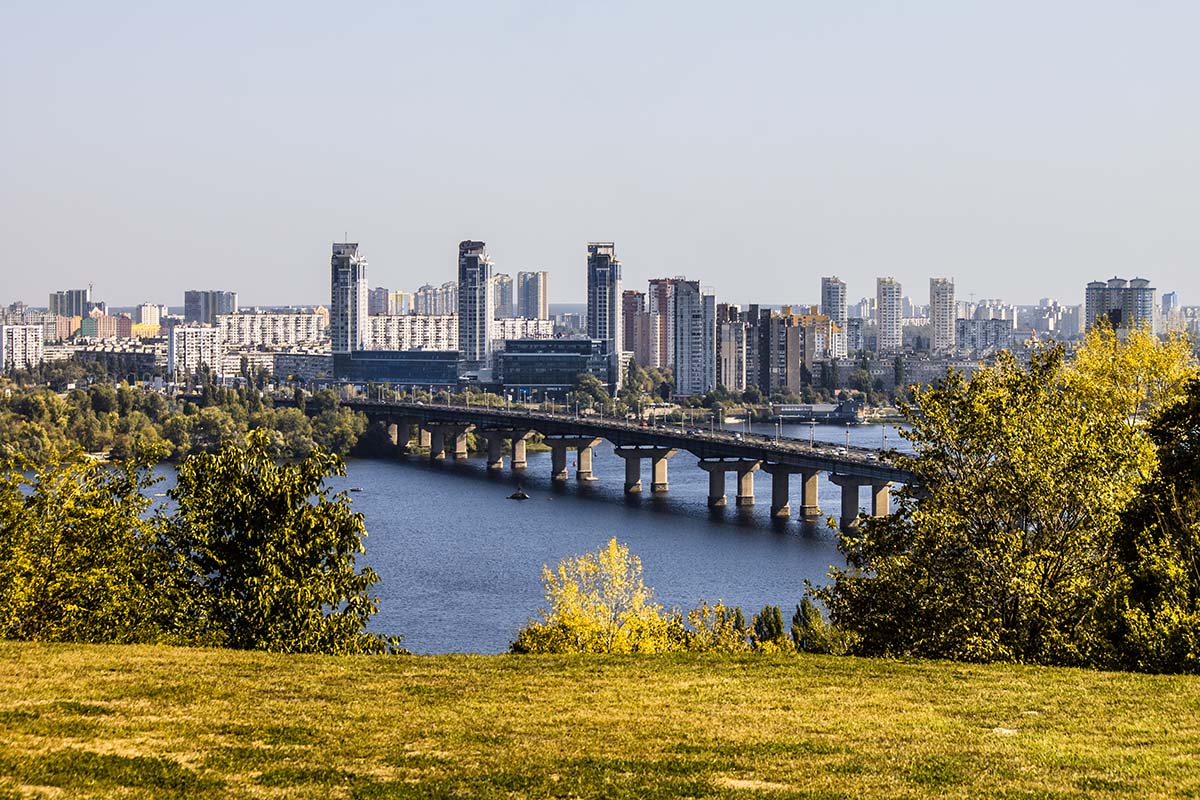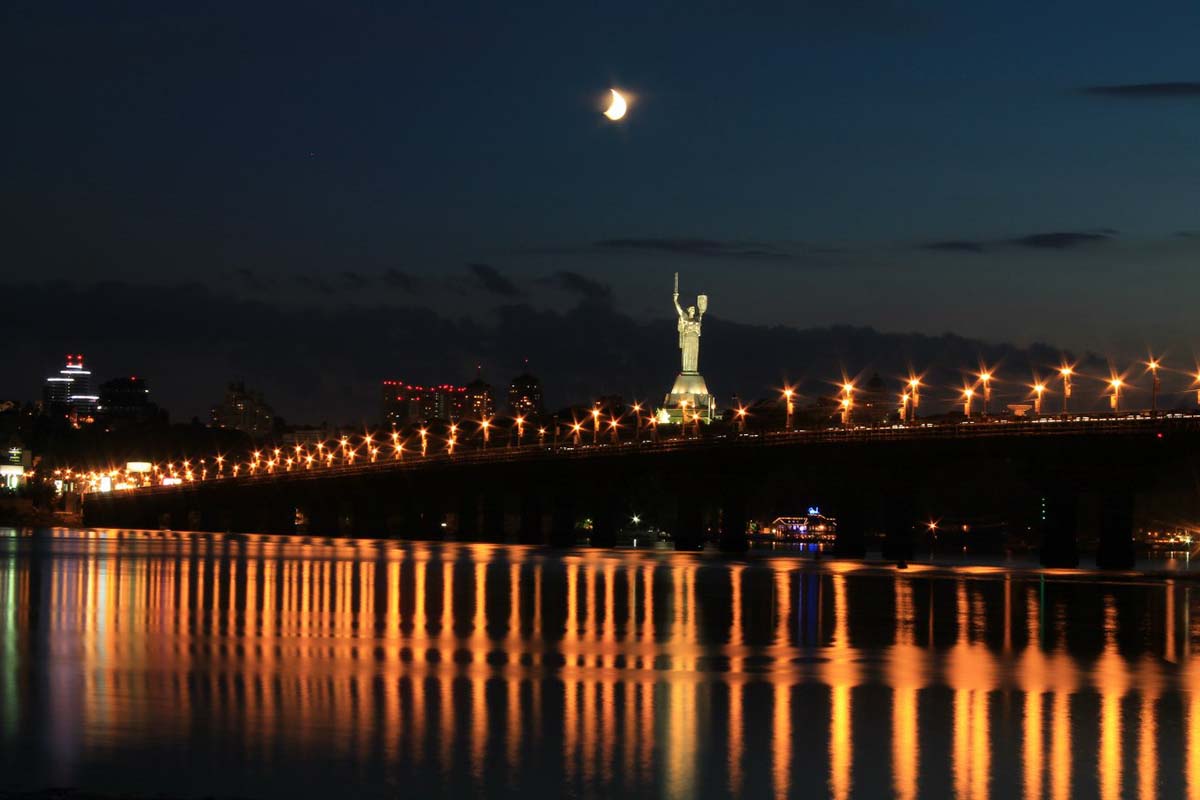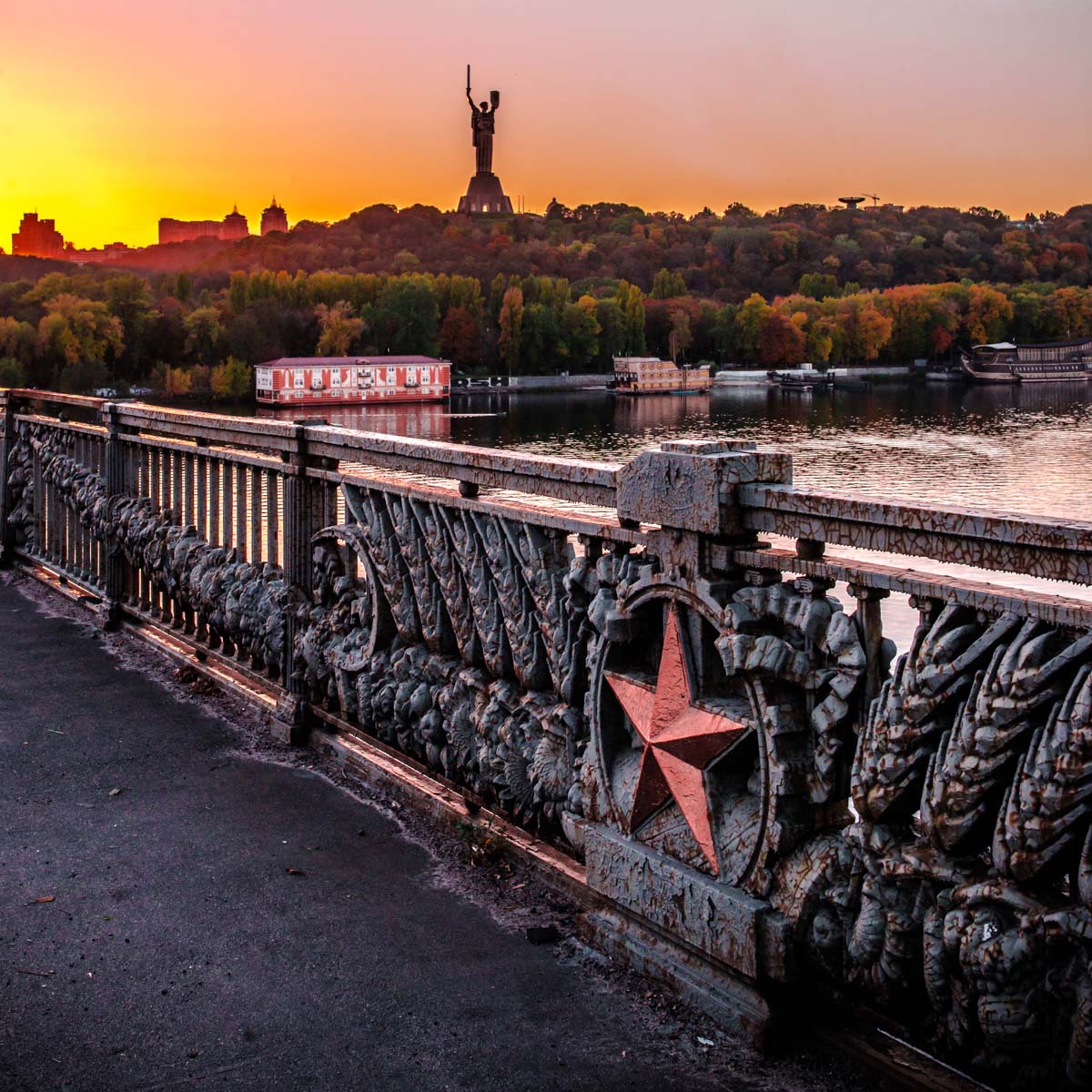In the place where the Paton bridge is located today, in pre-revolutionary times there was the Nikolaevsky chain bridge, which was designed by the English engineer Charles Vignolem. During the Soviet-Polish war in 1920, the bridge was blown up by the retreating Polish troops. In 1925-41, on the site of the chain bridge, there was another bridge of a beam structure designed by Evgeny Paton. It was built on the piers of the chain bridge that were preserved, but rebuilt to increase the height, and even using the preserved chains of the old bridge. Received the name in honor of the Soviet party activist Evgenia Bosch. The crossing was finally destroyed on September 19, 1941, when the retreating soldiers of the Red Army blew up the bridge. After the Great Patriotic War it was not restored. The bridge supports survived until the mid-1960s, for some time they were used for power lines and were blown up after the construction metro bridge, which was built a little further north. During a temporary drop in the water level, you can see the remains of three pillars of the chain bridge (one of them has art object Rare Bird) .
After the end of the war, Evgeny Paton, in collaboration with the best engineers of the Institute of Electric Welding, took up the development of a project for a new bridge across the Dnieper. At the same time, it was decided to use the all-welded method of joining the spans. The work on the restoration of the bridge began with research carried out here in order to study in detail the new constructive form of the bridge proposed by Paton. As part of these studies, welding joints of the main components of the bridge, as well as transverse elements, were tested. In addition, the service life and endurance of the future bridge was predicted. For the first time in the history of world bridge building, special equipment was developed, which was intended for automated welding of assembly joints of solid-wall trusses. Such structures were made in Dnepropetrovsk for two years, and then delivered to Kyiv.
Unfortunately, Paton did not live to see the opening of the bridge for just three months – Evgeny Oskarovich died on August 12, 1953. On November 5, 1953, the grand opening of the bridge took place, which was named after its creator. The Paton Bridge consists of 264 span blocks, which are connected into one structure by seams with a total length of 10,668 meters. It has a length of 1543 meters. The width between the curbs is 21 meters, and the sidewalks are 3 meters wide. There are 104 lampposts on the bridge.
For many years, the Paton Bridge was the only road crossing across the Dnieper. In this regard, he daily experienced a huge load. Initially, according to the project documentation, the capacity of the bridge was 10,000 vehicles per day. The strength test of the bridge, carried out in 1976, gave amazing results – it turned out that the safety margin of the bridge is up to 70,000 cars per day! Major reconstruction of the bridge was carried out in 2004. First of all, the tram service between the right and left-bank Kiev was destroyed (for example, it was possible to get from Darnitsa or from Rusanovka on Podol), which has existed since 1954. This made it possible to increase the capacity for road transport. As for the carriageway of the bridge, it was divided into 7 lanes: 3 lanes in each direction with a reverse in the center. The outer lanes were expanded to 3.5 meters, thus facilitating the passage of large vehicles.




